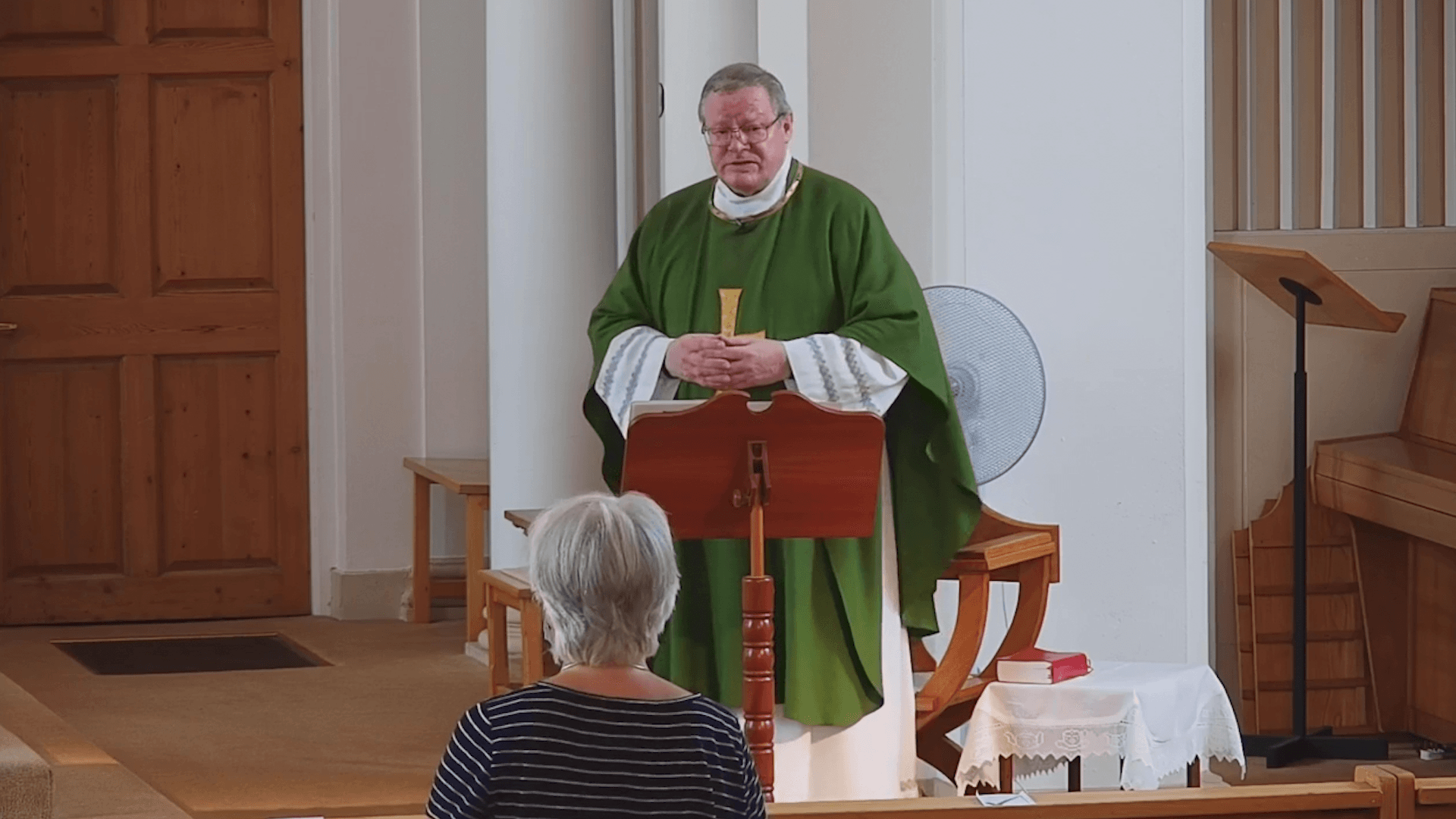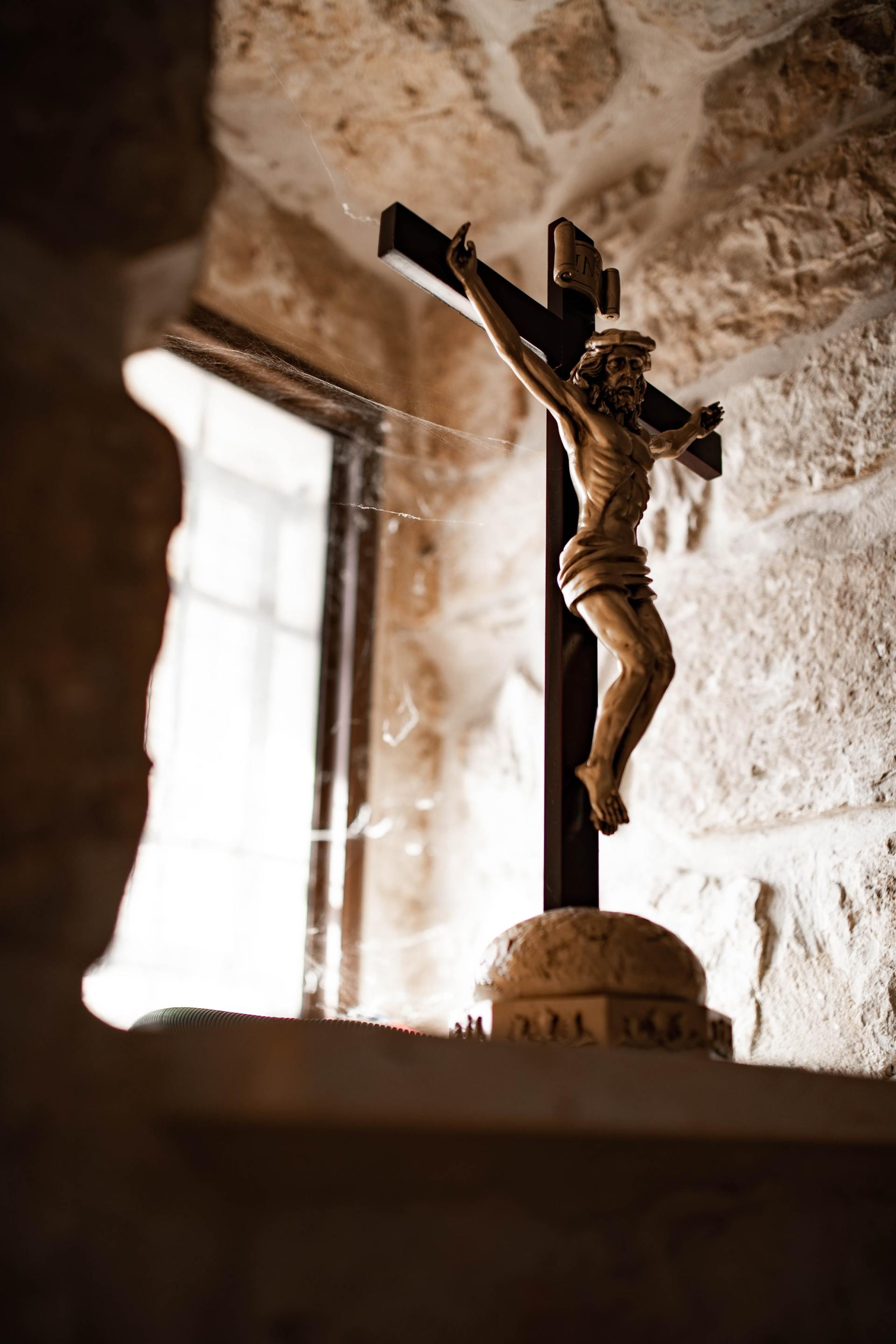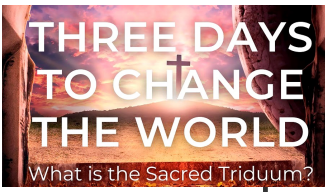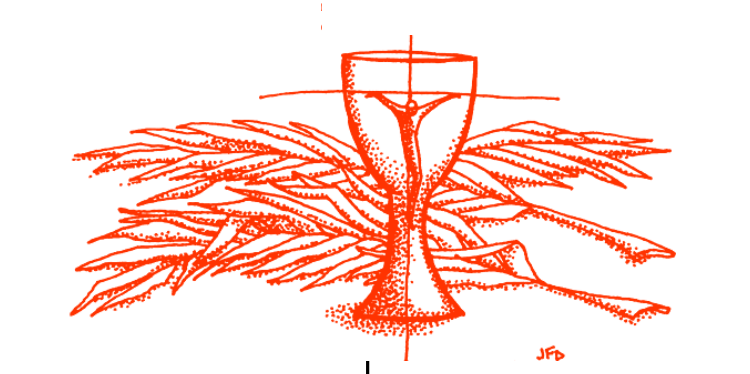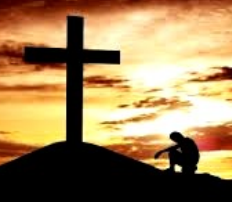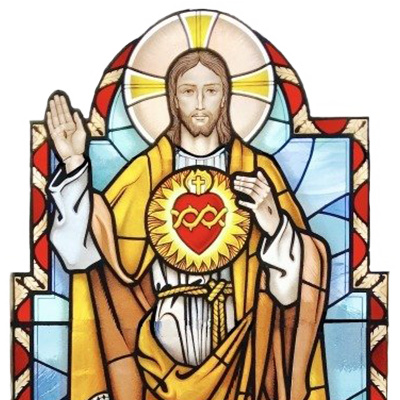Sunday 25th July 2021
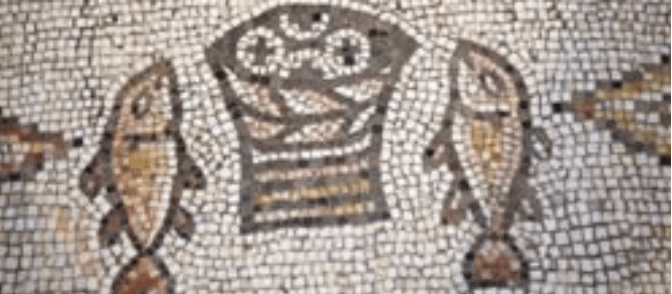
In the 3-year Lectionary cycle, we have no ‘Year of John.’ So that the significant John 6 can be proclaimed at some time in the cycle, it is placed on this Sunday through to the 21st Sunday of Year B.
The account of the feeding of the 5,000 is the only miracle recorded in all four of the gospels. John’s narrative is true to his portrait of a more self-sufficient Jesus who knows what is in everyone (c.f. John 2:27-28). For John, miracles are ‘signs’ that point to a reality beyond themselves, to the identity and truth of Jesus. It is Passover, but the disciples and the crowds that follow Jesus to a mountain by the side of the Sea of Galilee are a long way from where the religious leaders would expect them to be for this festival, namely, in Jerusalem.
John’s account is concerned with how people respond to Jesus. The crowd is enthusiastic about his healing of the sick and they hope that they will get something out of their following of this miracle worker. Although he knows what he will do, Jesus asks Phillip what they should do about buying bread for the people, and Phillip’s response is logical: it would cost more than half the annual wage of a labourer to give this number even a few crumbs, and Jesus and his disciples don’t have this kind of money!
Andrew’s response is pragmatic, producing one small boy with five barley loaves and two dried fish, a typical and minimal meal for two poor people, not five thousand! All these responses are inadequate, then as now, for what is most important is not utilitarian satisfaction, not logic or reason, not even the miracle hat Jesus will work. The gospel concern is that people see what happens as a ‘sign’ that points to something more and beyond, to who Jesus really is, and who he will satisfy not only empty stomachs but also empty hearts.
Jesus takes the little that he is offered to him, and in his hands it becomes an abundant meal. Jewish memories and Christian eucharistic themes (well established in the Johannine communities near the end of the first century) are woven together as Jesus takes the bread, gives thanks, and, unlike the synoptic gospel accounts, distributes both the bread and fish himself. John is not concerned with practical catering logistics, but with the theological emphasis that in this Passover feeding Jesus becomes a personally nourishing presence to each person. This food that he distributes is more precious than the manna, for the people were not to leave any manna until the next day (Exodus 16:19-20) because it would decay. Whatever fragments (ta klásmata) are left over from the lakeside meal are not perishable; they are to be gathered up (synágete) and cared for by the disciples. In the early church, the eucharistic assembly was sometimes spoken of as the ‘gathering,’ and the eucharistic bread as the ‘fragments.’
The response of the crowd is to hail Jesus as a prophet, one like that promised in Deuteronomy 18:15, who would usher in the messianic era. Knowing their intent to “carry him off” to manipulate him to their own political and material expectations of what the messiah should be and do, Jesus “withdrew” only to return later for a deeper engagement with the crowd, as we will hear in the continuation of the bread of life discourse on the next few Sundays.
